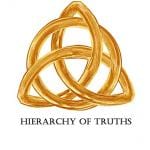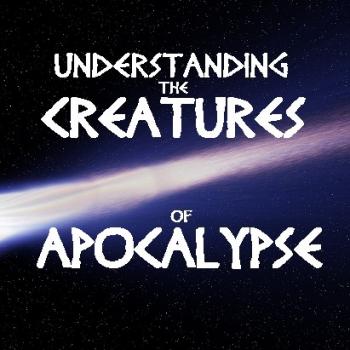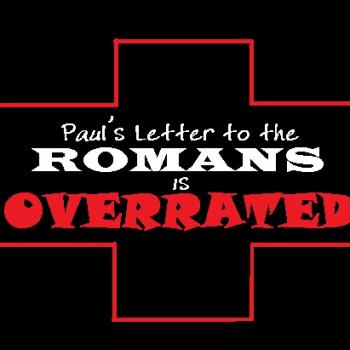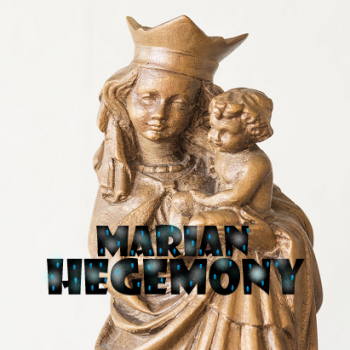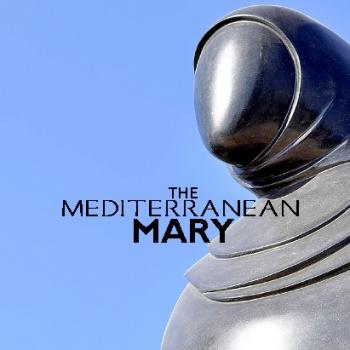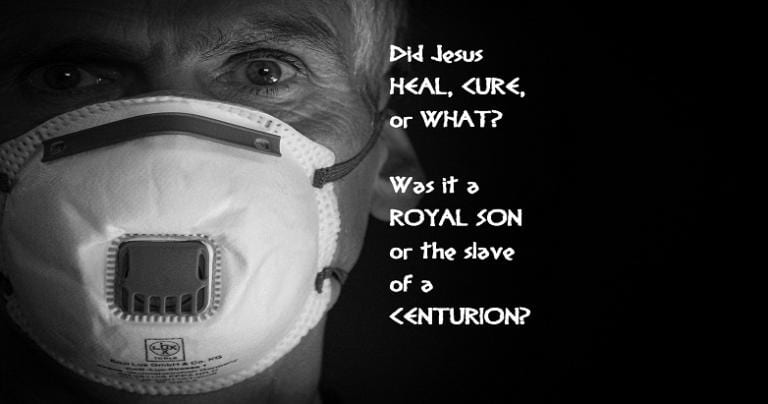
Royal son healed or centurion’s slave?—it is very important to recognize healing in the Bible for what it is and also the glaring differences between Gospel stories.
Royal son healed… or was it a Centurion’s slave? Yesterday’s Gospel reading was John 4:43-54, including a healing of a Royal son in Galilee, the occasion of the Johannine Jesus’ second self-disclosure (4:46-54). “John” is a maverick Gospel, folks. When compared with other New Testament documents, it seems to be from outer space. “John” is so different from the Synoptic Gospels and its theological and literary evolution is very unlike “Mark,” “Matthew,” and “Luke.”
Indeed, rarely do the Synoptics “link up” narratively or theologically with “John.” To give you an idea of what I mean, the Passion according to “Mark” (14:1—15:47) only shares a meagre 15.5 percent commonality with the Johannine Passion (18:1—19:42). That’s a whopping 84.5 percent difference. Think about that my Western, fact-precise friends.
Royal Problems: Disease vs Illness
With the COVID-19 outbreak our minds our occupied with thoughts of diseases and cures. But whenever you find these terms in your English Bibles, you have encountered ethnocentric anachronism and therefore mistranslation. Scratch them out. Instead of “cure,” mark HEALING, and instead of “disease,” mark ILLNESS. Talk of “disease” and “cures” is inexorably bound to a biomedical view completely absent from our ancient Mediterranean biblical ancestors in the faith.
As we shared in an earlier post, sickness is a panhuman experience: all cultures know sickness. However, only some cultures interpret sickness as “disease” and seek “cures.” Cultures differ on WHAT they identify as sickness, HOW it is experienced, and remedies BY WHICH they address it.
As we have stressed repeatedly, Western readers need to take off their 21st century Western lenses when reading about sickness-events in Scripture. Our postmodern understandings particular to our scientific culture is nothing like what the sacred authors intended to communicate.
Some definitions (from Dr. John Pilch):
Sickness—a panhuman reality being interpreted variously in different cultures; a misfortune in human health and well-being, something wrong with the body.
Disease—a culturally-specific interpretation or explanatory concept of the reality SICKNESS, seen as a biomedical malfunction afflicting an organism.
Illness—another culturally-specific interpretation or explanatory concept of the reality SICKNESS, seen as a disvalued state of being in which social networks have been disrupted and human meaning lost.
Curing—the elimination of disease or the repair of the biomedical malfunction.
Healing—the restoration of meaning and wholeness to human life.
Some Royal Distinctions
Watch the color scheme. The New Testament tells stories about sick people, yes. But when it does it always reports episodes of illness, never disease. There were no microscopes in the world of the Bible—how could any biblical person know of viruses, germs, or diseases, much less document them? And what medical conditions were mentioned by the Scriptures? There are no blood tests, X-rays, lab results in the Sacred Page.
Speaking biblically, all human misfortunes are never caused by “whats” (e.g., germs, viruses, genes, hormones) but always by a “who” (e.g., God, spirits). Therefore, the only possible biblical help for the problem of illness could only come from a “who”—“whats” such as injections, ointments, pills, therapy and other medical treatments could not be conceived by Biblical characters or authors.
How different this is from our Western biomedical paradigm! When we experience something like a fever, we perceive it as a what, not a who (e.g., the demon named “Fever” that afflicted Peter’s mother-in-law). Westerners don’t get rid of fevers via a shaman, but by Tylenol!
Royal Understanding—Biblical Healing vs American Cures
Sick biblical people sought to remedy illness via the restoration of meaning, i.e., healing. But sick 21st century Western Bible readers desire cures, a silver bullet that destroys the virus, eliminates the cancer, restores a bodily function or power. For example, right now, medical professionals labor feverishly on a vaccine for COVID-19, something sadly months and months away at the earliest.
Biblical scholar John Pilch reminds us that no matter what happens or what conditions they suffer, all persons, no matter their culture eventually arrive at some meaning in life. Ultimately, everyone gets healing eventually. But even today, in our world of scientific wonders, cures are elusive and rare. Still it’s hard to see meaning or meaningful existence when, after suffering infection from and surviving a pandemic, you receive a bill for $34,927.43.
Defining Biblical Health
We can define biblical health as being whole, existing in a state of complete well-being. It is not simply being free of sickness or being infirm.
“To be sick” in the biblical sense means to have fallen out of wholeness, to have lost integrity, lost meaning and social mooring. This is very hard for Western Christians, so driven by performance and achievement, to grasp. The American understanding of health is an organism with ability to maintain itself via performance of functions over various activities natural throughout its species. Like President Donald Trump just eight days into a half-witted version of a lockdown, wanting to return soon to business as usual thereby dooming millions of American lives.
Did Jesus Heal or Cure?
Given all of this, is it right to say Jesus cured the sick? Or is it correct to affirm that he healed infirm people like the demon-possessed man in Luke 4? With Jesus those suffering the polluting skin condition became clean, the mute could speak, those without eyesight could see—whether or not there were biomedical changes, they were healed and that is the focus of the Gospels. Jesus heals, meaning he returns the sick to their proper social state.
Could biomedical repairs have happened also? There is no reason to deny the possibility. But let’s read the Sacred Texts respectfully and not read into them our biomedical concerns.
The Bible was not written for, by, or about Americans and other 21st century Westerners. The inspired authors did not have us in mind as their audience. Americans see wellness as being able to function, perform, and do. This is why a healthy Westerner is a productive member of society. As seen already, biblical health is quite a different thing.
Back to the Healing of the Royal Son
So in the case of yesterday’s reading from John 4:43-54 and its variants, we are dealing with a healing.
Let’s return to yesterday’s Gospel story. Two other versions of this story exist Matthew 8:5-13 and Luke 7:1-10.
Assuming they are three different versions of the same story, we have some explaining to do. As we explained before, although all true, the Gospels cannot be biographies in the 21st century, fact-precise Western sense of the word. They didn’t obsess over the line dividing fact and fiction, historical exactitude, detailed precision and accuracy. The interests of the Sacred Authors were theological.
Seeing the Differences
History and chronology get rearranged by the Gospels. Stories are borrowed freely and reshaped. Wordings are transformed. Things are contextualized anew according to the particularities of different Gospel audiences, those being different Jesus groups living in different Mediterranean places.
This is what we see with the variants of yesterday’s Gospel. Consider the video presentation below and I would to read your thoughts.
To all my readers, please be safe and well during this trial.


